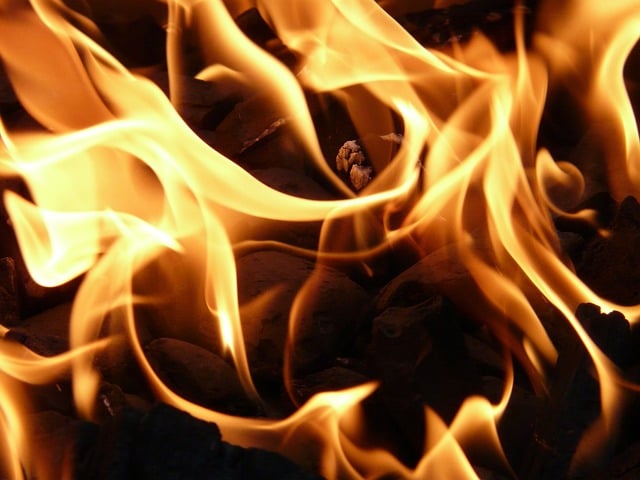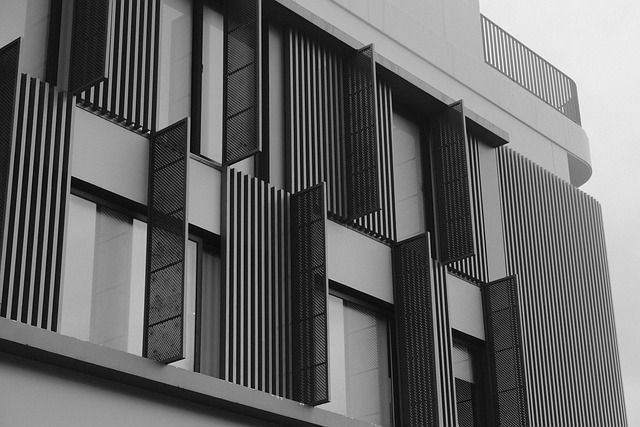Selling a fire-damaged home in California requires adhering to stringent building codes and disclosure regulations for safety and transparency. Owners must obtain permits, disclose damage, and ensure structural integrity and safe systems through inspections and professional guidance to protect both buyers and sellers. Understanding insurance and restoration processes is crucial for a successful transaction.
California’s housing regulations are a complex web of laws aimed at ensuring safe and livable homes. For those looking to sell a fire-damaged property in this state, navigating these regulations is crucial. This article guides you through the legal framework, permits required, building safety standards, and insurance considerations when selling a fire-damaged home in California. By understanding these steps, you can ensure a smooth and compliant resale process.
- Understanding California's Housing Regulations: A Legal Framework
- Selling a Fire-Damaged Home: Permits and Disclosures
- Building and Safety Standards: What Sellers Need to Know
- Navigating the Insurance and Restoration Process for Safe Resale
Understanding California's Housing Regulations: A Legal Framework

California’s housing regulations form a comprehensive legal framework designed to ensure safe, habitable homes for all residents. When it comes to selling a fire-damaged home in California, these regulations play an even more critical role. After a fire, property owners must navigate a series of steps and adhere to strict guidelines to bring their homes back to a livable condition.
State laws mandate that any structural repairs after a fire must comply with building codes, ensuring the safety and integrity of the property. This includes inspections to verify that the home meets fire safety standards and prohibits the sale of homes that pose potential risks to future occupants. For fire-damaged properties, sellers are required to disclose any known issues related to the incident, providing transparency to prospective buyers. This regulatory environment is in place to protect both homeowners and purchasers, fostering a transparent and secure real estate market in California.
Selling a Fire-Damaged Home: Permits and Disclosures

When selling a fire-damaged home in California, navigating the regulatory landscape is crucial. Before listing your property, it’s essential to obtain any necessary permits and adhere to strict disclosure requirements. The state has stringent rules to protect buyers from potential risks associated with fire damage. Permits are required to ensure that repairs meet safety standards and code compliance. This process involves submitting applications, providing detailed plans of the restoration work, and possibly paying fees to local building departments.
Disclosures are another critical aspect. California law mandates that sellers reveal any known fire damage or potential hazards. This includes disclosing the extent of the damage, materials used during repairs, and whether professional restoration was undertaken. Inaccurate or incomplete disclosures can lead to legal repercussions. Therefore, it’s advisable to consult with a real estate professional or attorney specializing in California housing regulations to ensure compliance during the selling process of a fire-damaged home.
Building and Safety Standards: What Sellers Need to Know

When considering selling a fire-damaged home in California, understanding building and safety standards is paramount. These regulations are in place to ensure that all structures meet specific safety criteria, especially after potential hazards like fires. Sellers must be aware of the strict guidelines related to structural integrity, electrical systems, and indoor air quality. Failure to comply can result in delays, additional costs, or even legal issues.
In California, sellers are responsible for disclosing any known fire damage or repairs made to buyers. This includes information about the extent of the fire, the year of the incident, and the nature of the restoration work conducted. Building and safety inspections are often required to verify that the home is safe for occupancy. Sellers should work with experienced professionals who can guide them through the process, ensuring that their property meets all necessary standards before putting it on the market.
Navigating the Insurance and Restoration Process for Safe Resale

When considering to sell a fire-damaged home in California, navigating the insurance and restoration process is crucial for ensuring a safe and successful resale. The first step involves assessing the extent of damage caused by the fire. This includes documenting pre-existing conditions as well as any new damage using photographs and detailed reports from licensed professionals. Once this assessment is complete, homeowners should review their insurance policies to understand coverage limits and deductibles.
In California, insurance providers often work with insureds to facilitate repairs or replacements needed after a fire. Homeowners should coordinate with their insurers to get estimates for restoration work, ensuring all necessary documentation is in order. Repairs should adhere to local building codes and regulations, which may include specific safety measures for structural integrity and indoor air quality. Restoring a fire-damaged home properly not only enhances its market value but also guarantees a safer living environment for future occupants.






